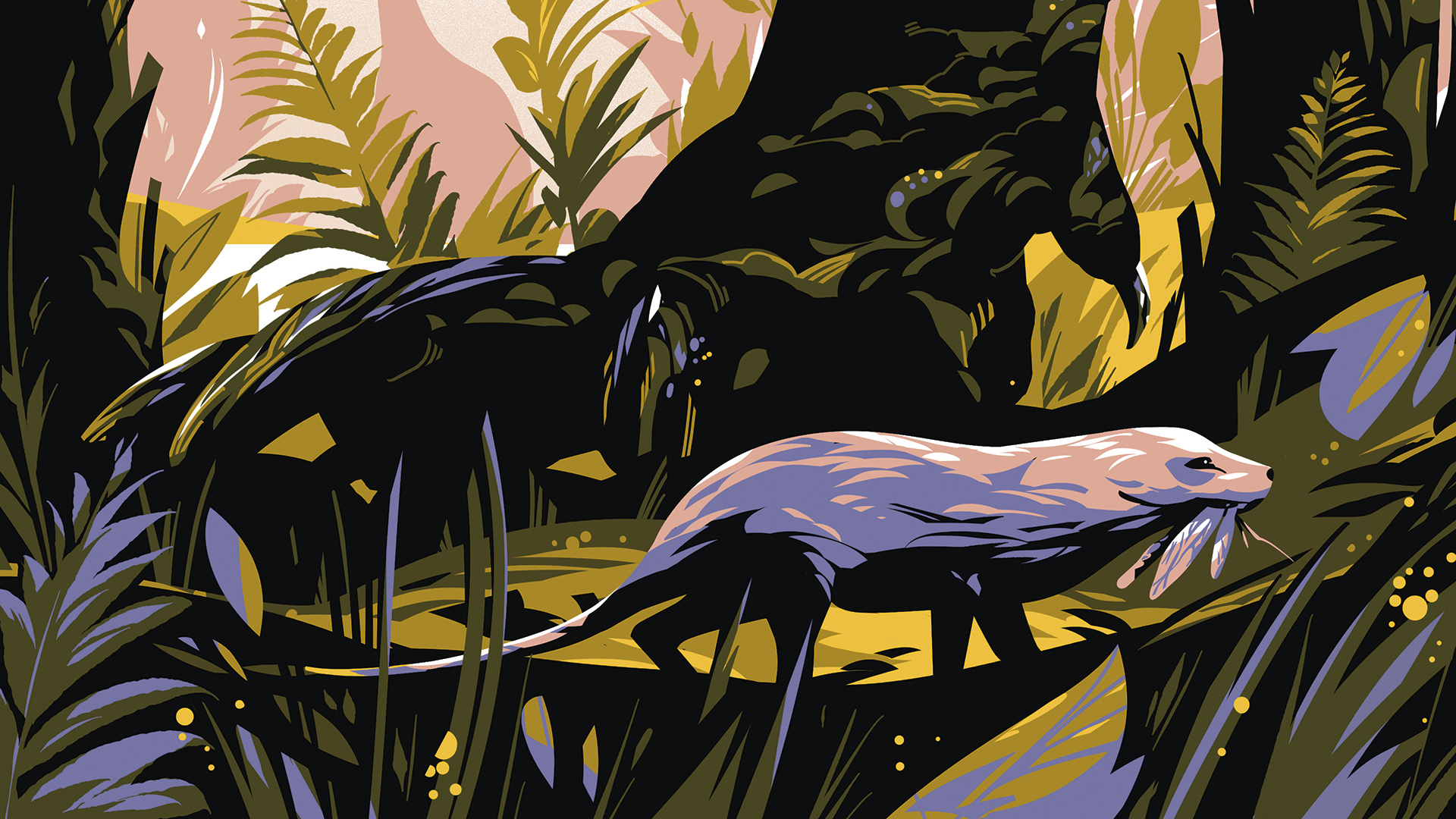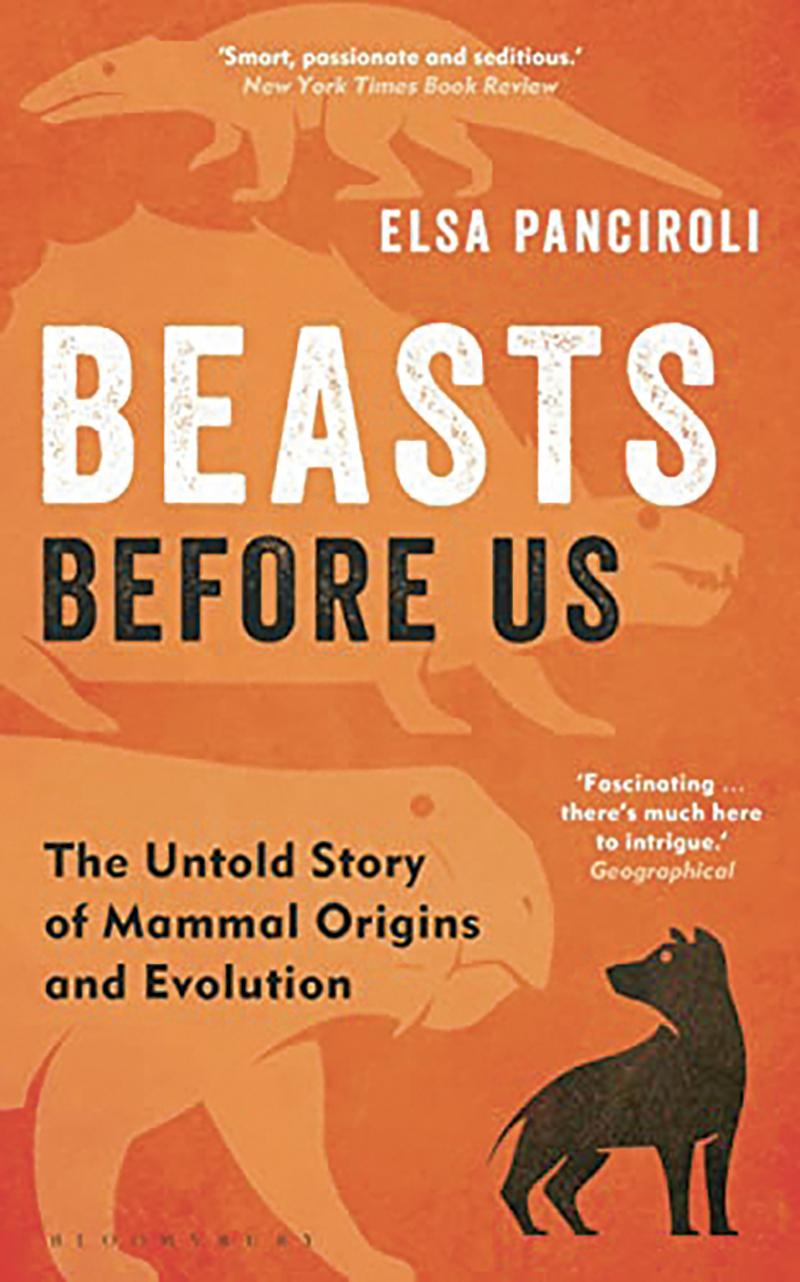Imagine if the Isle of Skye fell on your head, Cuillin and all. As Portree pummelled into the Earth at 20 kilometres per second, life as much as 2,500 kilometres away would be blasted, smothered in ash, and drowned by tsunamis. Dust and debris blown into the atmosphere would blacken the skies for months, disrupting seasons, destroying habitats and causing a global mass extinction. You wouldn’t have to worry, because you would have been instantly reduced to vapour. Small mercy.
This is the moment where most authors begin their tale of mammal origins. Just 66 million years ago – virtually yesterday for those of us who measure time in rocks – an asteroid of Hebridean proportions did hit our planet. It led to the loss of the non-bird dinosaurs, flying reptiles and marine reptiles (including Nessie), as well as a host of other organisms on land, sea and sky. Famously, it was our tiny, furry forebears, the mammals, who were quickest off the mark in the aftermath. Within 10 million years they had recovered and begun to evolve into the major groups we see around us today. The so-called Age of Mammals had begun.
But if the history of mammals was a movie, beginning at the asteroid impact would be like watching Jurassic Park from the moment they all got onto the helicopter and flew to safety. The exciting parts of the story happened much earlier, and unlike that movie, most people have never heard them before.
Your support changes lives. Find out how you can help us help more people by signing up for a subscription
As a student palaeontologist, I was stunned to discover that mammals can trace their beginnings over 300 million years ago, to a time called the Carboniferous. It was hot and humid back then, the continents covered in thick swamp-forests. Pushing through the undergrowth were the earliest backboned, four-limbed, egg-laying animals, making their living by feasting on the crunchy lunch of giant insects. A fundamental split developed, resulting in two epic lineages: the reptile line and the mammal line. We did not evolve from reptiles, but we do share a common ancestor with them. This is the true beginning of our story.
The mammal line are called synapsids, and for the next 90 million years they grew large, evolved into the first herbivores, carnivores, burrowers and even tree climbers. Long before the dinosaurs were even a twinkle in our planet’s eye, synapsids were experimenting with all that life could offer.










